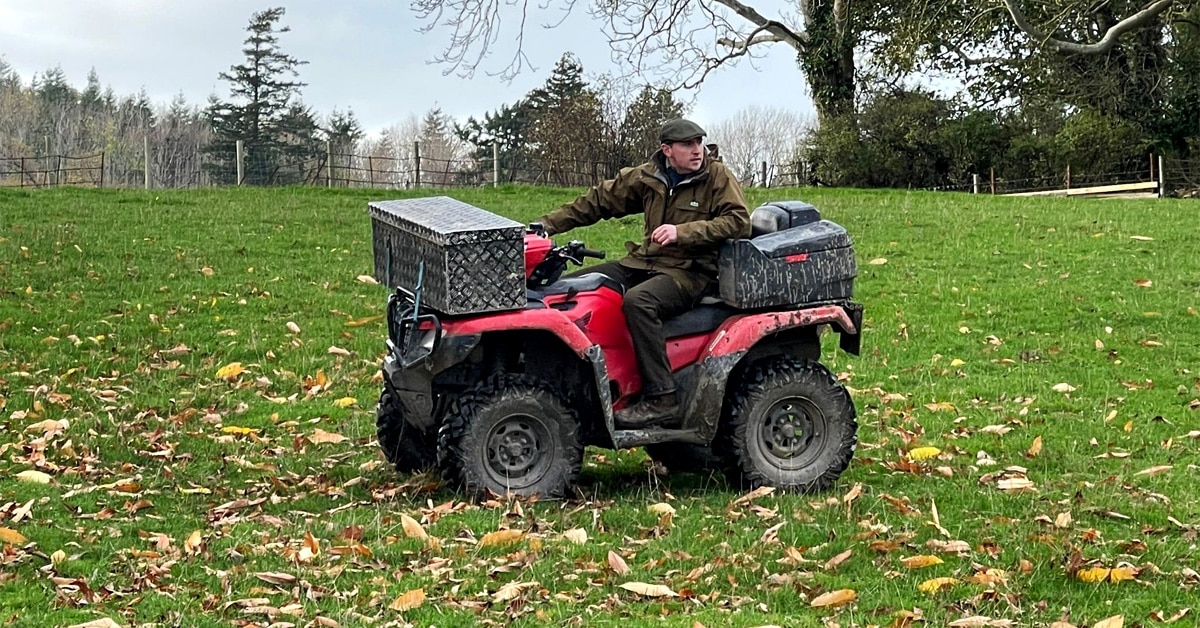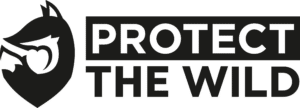Reactions to the review of North Wales Police’s handling of the Hunting Act are unsurprisingly polarised, and they were from the outset.
In August 2022, just after the surveys were first made public, the Countryside Alliance quickly announced that they were “deeply flawed” and that “the hunting community” would not participate. As a result, as Protect the Wild previously reported, the review said that only four people involved with hunting took part in the study.
Nonetheless, it was quick to celebrate what it saw as criticisms of hunt saboteurs in the published study. Tim Bonner, CEO of the Countryside Alliance, highlighted a part of the review that said anti-hunting footage submitted for evidence to both police and to the review team itself could be “heavily edited” or “grainy”. Pro-hunt tabloid-in-waiting the Telegraph ran with this as a headline, and FieldSports TV even managed to get an entire video out of it.
These all arise from two sentences in sections 3.3.13 and 3.3.14. One sentence is the subjective statement of a police officer. The other is based on videos sent to the review team, “a number” of which it was commenting on. Neither represent the wealth of footage submitted for legal consideration, let alone the full spectrum of footage captured by sabs and monitors. Furthermore, the statements are made about footage and not what that footage is capturing, although the Countryside Alliance et al have disingenuously framed it that way.
Two incorrectly framed sentences. That’s nearly everything the pro-hunt lobby could extract from a 67-page report, and what it chose to hang its hat on. There is otherwise little comment on the contents of the review, which plainly underline the need for better policing of the Hunting Act in the belief that hunts are getting away with illegal activity.
Finally, as pointed out on Twitter, the leaked Hunting Office webinars were themselves very explicit about editing footage:
Did you read the hunting office webinar transcript? Only editing footage there was openly discussed but I didn’t see it in the report? pic.twitter.com/WvGecKf56p
— Lou (not an extremist) (@herbieharry) January 20, 2023
So it’s no surprise the ‘hunt doth protest too much’ about this.
North Wales Hunt Sabs respond
North Wales Hunt Saboteurs denied claims that it had sent “edited” footage to police as proof of illegal hunting. As Welsh paper Nation.Cymru reported on 17 January, the sab group said:
“We have never given the police edited video evidence. But it is obvious to us – when we give the police video evidence, they haven’t a clue what they are looking at, they don’t seem to be able to identify a fox and clearly haven’t got a clue what illegal hunting actually is.”
And the sab group also previously told Protect the Wild that it doesn’t believe police have dropped any cases due to “edited” videos.
In a press statement seen by Protect the Wild, North Wales Hunt Saboteurs covered a range of other issues raised by the review. These reflected points that the sab group felt were both positive and negative. Some of these are covered by Nation.Cymru. However, the paper’s report missed out some crucial details from the statement. This included highlighting some anomalous statements contained within the review.

North Wales Hunt Sabs point out that sections 1.1.18 and 1.1.19 contain factually incorrect assertions. The first concerns terriermen, which the review said follow hunts “on horseback or quad bikes”. Terriermen do not, of course, ride horses. Furthermore, the review failed to note that terriermen are a clear sign of illegal hunting. As the Crown Prosecution Service’s website itself noted, terriermen play “no real role… in trail hunting”. The second concerns cubbing. The review stated that:
“In trail hunting the practice of dog exercising in the morning prior to the season starting simulates [cubbing].”
It appears to conflate the practice of hound exercise with cubbing, two very different activities. If hunts were simply exercising hounds, riders wouldn’t frequently be seen ‘on point’ around a wood. This is when hounds are learning to hunt a fox inside woods, and riders will surround the wood and make noises in order to stop a cub from escaping, thereby driving the creature back towards the hounds. North Wales Hunt Sabs described this part of the review as “a load of nonsense”. The two comments, coming at the start of the review paper, also go some way to legitimising hunting by downplaying two of its most starkly criminal elements.
One final notable perspective is that of James Hart, who describes himself as a “law student” and “aspiring barrister”. His response to the review was fairly dismissive, describing it as “not worth the time it took to read”. But his takeaway was, much like Protect the Wild’s own, the Hunting Act is an overly complex law that police find difficult to enforce.
The Cheshire experience
The Glyndwr University review team mention in section 6.1.12 that the then-Cheshire Police and Crime Commissioner (PCC) David Keane conducted a similar review into the Hunting Act in 2018. That review delivered very similar results as Glyndwr University’s own. The Canary reported in December 2018 that Cheshire’s review concluded:
“that Cheshire Police have been “thorough and professional” during investigations concerning the Hunting Act. But, in a press statement, Keane said the review also shows that… ‘current legislation in the way it is drafted presents challenges to investigators and prosecutors.’”
Keane followed up publication of the review with a community meeting in early 2019.

Protect the Wild asked Cheshire Monitors how the 2018 review had affected policing of both hunts and anti-hunting activists in the county. It said there was an overall positive effect:
“After [the review] the police attendance was more consistent. Training on hunting and the Hunting Act, and encouraging an understanding of why monitors and Sabs were following hunts, was more thorough and widespread.”
However, it also noted that “the Cheshire review was more in depth”. And, as noted above, it was also followed up by a community meeting on the matter.
Cheshire Monitors was also able to share firsthand experience of North Wales Police and the Hunting Act review because its primary hunt, the Wynnstay Hunt, meets in north Wales as well. It told Protect the Wild that:
“Prior to the review being started (and possibly because they knew that they were under review) things had been much better. More attendance, more officers turning up with more knowledge, more proactive policing rather than just being there sat in a car.
“All the above seems to have suddenly dropped off as if the police are now saying ‘we are doing okay, we can take the foot off the accelerator’.”
Hit reports posted by North Wales Hunt Sabs in the days leading up to this article reflect this sentiment. A report for a 14 January hit on the Flint and Denbigh Hunt said “one unmarked police car was briefly spotted” and not “the 4 officers the review reported we have out at ever meet”. This refers to section 7.1.5 of the review, which said Operation Yarder deploys “eight officers… every Tuesday and Saturday during the hunting season across two hunts”. The review, however, doesn’t clarify what role these officers fulfil.
It can take some time for changes to filter through, of course. Hopefully the recent experiences North Wales Hunt Sabs and Cheshire Monitors is just a slow start.

Court in the act
While many if not most laws stoke polarising opinions, the Hunting Act’s focused reach and committed cultures on both sides creates a particularly intense conflict. The response to the review, then, could only have gone similarly.
However, it’s telling that the hunting industry has only one public refrain over this. As though it took the phrase ‘court of public opinion’ too literally, it is trying to introduce an element of doubt into public discourse over the key tool that’s showing hunters to the world for exactly what they are. Fortunately, they are preaching to the choir and doing little more than entrenching their own diehards. The rest of the us aren’t dim enough to fall for that old chestnut.
You can donate to North Wales Hunt Saboteurs via ko-fi. You can donate to Cheshire Monitors via Paypal.
Featured image via North Wales Hunt Saboteurs

